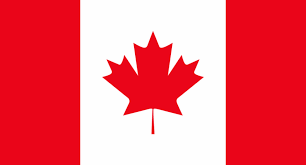Chemycal has been acquired by 3E
Learn MoreChemycal has been acquired by 3E
Learn MoreDiscover how Chemycal PRO helps you boosting your regulatory monitoring:

BACKGROUND
Tents manufactured, imported, advertised or sold in Canada are subject to the flammability and labelling requirements set out in the Tents Regulations issued under the authority of the Canada Consumer Product Safety Act (CCPSA).
A tent is defined in the Tents Regulations as a portable shelter made of fabric or other pliable material, such as a camping tent, an ice-fishing tent or a dining shelter. All children's play tents are also subject to the requirements, whether or not they are intended to provide shelter. However, tents subject to the National Building Code of Canada, canopies, awnings, tarps, tent trailers and air-supported structures are excluded.
The Regulations were put in place in 1988 to help protect consumers from injuries and deaths caused by tent fires. Between 1972 and 1987, the Government of Canada received reports of 32 deaths and 40 injuries from tent fires, and more than half of these involved children. At that time, tents were typically made of paraffin-coated (waxed) cotton canvas, and some could burn completely in under a minute.
Tents can catch fire from contact with an open flame or other ignition source, such as a camp fire (and sparks or embers from the fire), a fuel-powered lantern, stove or heater, a candle or a cigarette. Occupants are confined in a relatively small space with limited exit points, so in the event of a fire, occupants may have difficulty getting out of the tent, which creates the potential for smoke inhalation, burn injuries or death.
The Tents Regulations incorporate by reference specific sections of the industry standard entitled CPAI-84 (1995), A Specification for Flame-Resistant Materials Used in Camping Tentage, published by the Industrial Fabrics Association International. A tent that meets the requirements of this standard is more difficult to ignite and more likely to self-extinguish once the ignition source is removed. However, it is not fireproof. As an added safety measure, the Regulations also require permanent labels with English and French fire safety warnings and precautions to be clearly and prominently displayed on the tent to help consumers prevent tent fires.
CONTINUE READING ON www.canada.ca
2013 © MyChemicalMonitoring. ALL Rights Reserved. About Us | Terms and Conditions